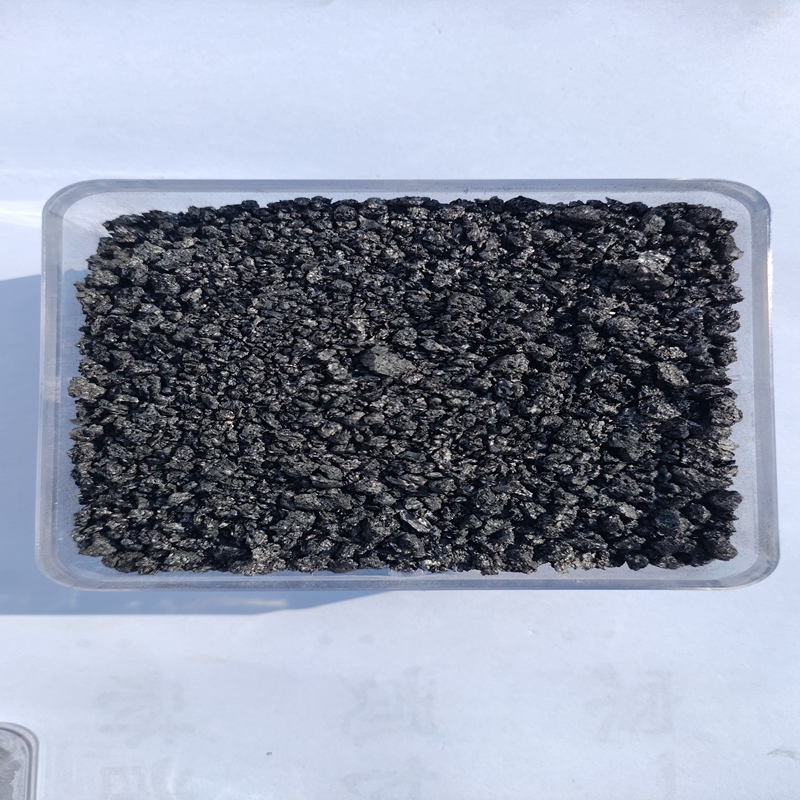Dec . 22, 2024 18:31 Back to list
High-Temperature Resistant Material Manufacturing Facility for Industrial Applications
The Importance of Heat Refractory Materials in Modern Industry
In the realm of industrial manufacturing, the importance of heat refractory materials cannot be overstated. These specialized materials are essential for various applications, particularly in environments that experience extreme temperatures. From steel mills to glass manufacturing plants, heat refractory materials play a critical role in ensuring operational efficiency and safety. This article explores the significance, characteristics, and applications of heat refractory materials.
Understanding Refractory Materials
Refractory materials are substances that can withstand high temperatures without deforming or melting. They are designed to maintain structural integrity in harsh thermal environments, making them essential for facilities that rely on high-heat processes. Typically, these materials possess high melting points and excellent thermal stability, making them effective insulators against heat loss.
Common examples of refractory materials include bricks, castables, and monolithics made from alumina, silica, magnesia, or zirconia. These materials are often used to line furnaces, kilns, incinerators, and reactors. Due to their ability to withstand thermal shock and erosion, they are indispensable in industries such as metallurgy, cement, ceramics, and petrochemical processing.
Key Characteristics of Heat Refractory Materials
1. High-Temperature Resistance The most crucial characteristic of refractory materials is their ability to endure extremely high temperatures, often exceeding 1,600 degrees Celsius. This property is vital for applications in metallurgical processes where molten metals are involved.
2. Thermal Stability Apart from high-temperature resistance, refractory materials need to maintain their structural integrity under prolonged exposure to heat. This stability prevents failures that could lead to costly downtimes and safety hazards.
heat refractory material factory

3. Chemical Resistance Many industrial processes involve corrosive materials. Refractory materials must be resistant to chemical attack to ensure longevity and reliability. This attribute is essential in processes like glass melting, where aggressive chemical interactions are common.
4. Low Thermal Conductivity Effective insulation is another important characteristic. Refractory materials with low thermal conductivity help to minimize heat loss, leading to improved energy efficiency in high-temperature operations.
Applications of Heat Refractory Materials
The applications of refractory materials are vast and varied. In the steel industry, they are used to line blast furnaces and ladles, protecting the structures from the extreme heat generated during metal production. In the cement industry, refractory materials are employed in kilns, where temperatures must be maintained to achieve optimal chemical reactions.
Moreover, the glass industry relies heavily on refractory linings in melting furnaces to withstand the brutal conditions of molten glass. Similarly, petrochemical refineries utilize refractory materials in reactors and heaters to facilitate continuous chemical processes while maintaining safe operational environments.
In addition to these traditional applications, the development of new refractory materials is paving the way for advancements in technology. Innovations such as lightweight refractory materials and advanced composites are enhancing performance, reducing energy consumption, and improving sustainability.
Conclusion
Heat refractory materials are critical components in various industries that operate under extreme temperature conditions. Their unique properties not only ensure the safety and efficiency of industrial processes but also contribute to advances in technology and sustainability. As industries continue to evolve and demand higher performance materials, the importance of refractory materials will undoubtedly grow, underscoring their essential role in modern manufacturing. Investing in the latest refractory technologies can lead to significant improvements in operational effectiveness, reduced maintenance costs, and increased overall productivity. As we move towards a more industrialized future, the reliance on heat refractory materials will continue to play a pivotal role in shaping the landscape of manufacturing and production.
-
High Purity Graphitized Petroleum Coke | Low N Recarburiser
NewsAug.08,2025
-
Fe-C Composite Pellets for BOF: Enhance Steelmaking Efficiency
NewsAug.07,2025
-
Eco-Friendly Granule Covering Agent | Dust & Caking Control
NewsAug.06,2025
-
Fe-C Composite Pellets for BOF: High-Efficiency & Cost-Saving
NewsAug.05,2025
-
Premium Tundish Covering Agents Exporters | High Purity
NewsAug.04,2025
-
Fe-C Composite Pellets for BOF | Efficient & Economical
NewsAug.03,2025
